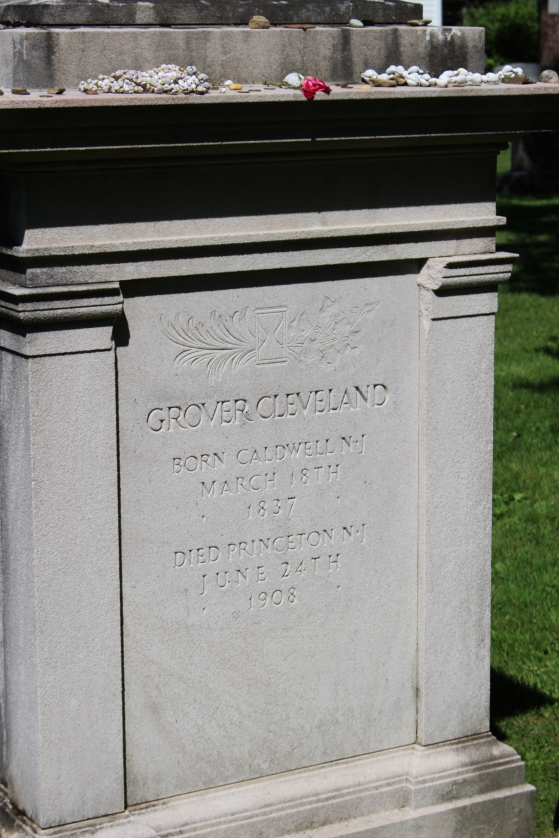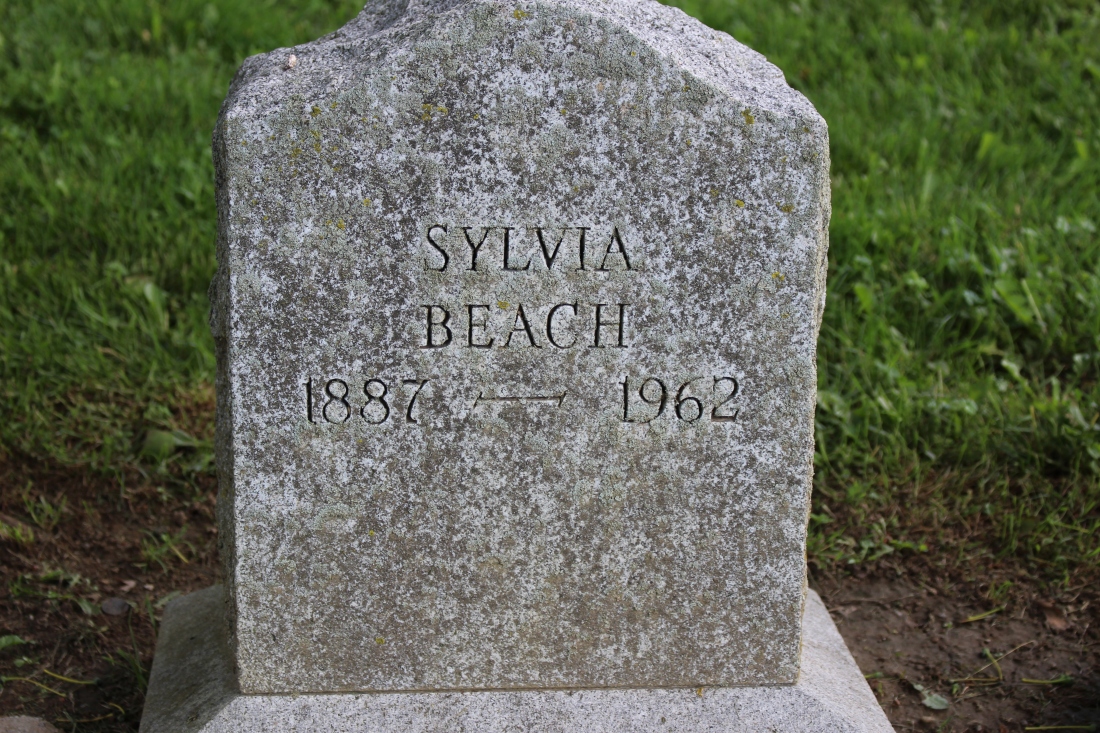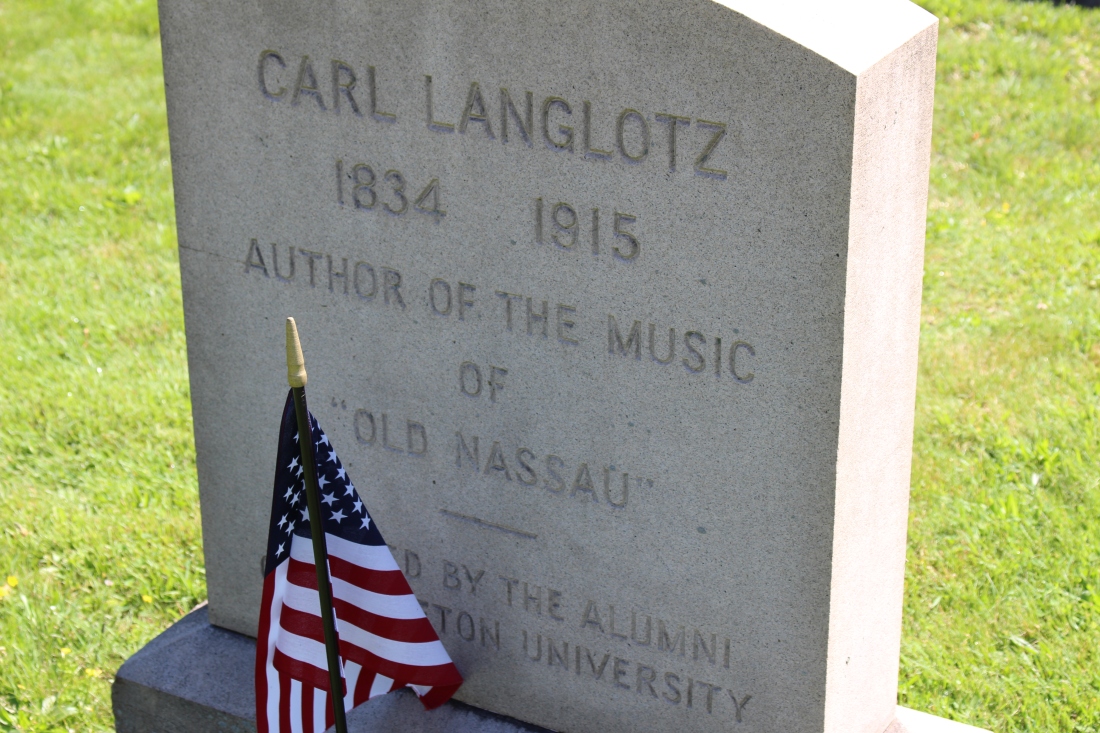Yesterday, I visited the grave of a US President. I had not set out to do that, it just kind of happened. I was spending some time in Princeton, just wandering around with my trusty camera and decided, on a whim, to visit Princeton cemetery.
There I discovered many interesting people interned within the grounds. The biggest surprise was Stephen Grover Cleveland 22nd and 24th President of the United States. Cleveland was the only President ever to be elected to two nonconsecutive terms. He was also the only President thus far from the great state of New Jersey.
His grave in Princeton (surrounded by his loved ones) is a fairly humble affair considering the high office he held.

So humble, in fact, that it neglects to even mention that he was President.

I did a little research and decided that this was a President that, in most regards, I could have gotten behind.
Cleveland was the leader of the pro-business Bourbon Democrats who opposed high tariffs, Free Silver, inflation, imperialism, and subsidies to business, farmers, or veterans on libertarian philosophical grounds. His crusade for political reform and fiscal conservatism made him an icon for American conservatives of the era. Cleveland won praise for his honesty, self-reliance, integrity, and commitment to the principles of classical liberalism. He fought political corruption, patronage, and bossism. As a reformer Cleveland had such prestige that the like-minded wing of the Republican Party, called “Mugwumps“, largely bolted the GOP presidential ticket and swung to his support in the 1884 election. – Wikipedia.
Cleveland was far from the only historically significant person burried in that place. I spent a couple of hours nosing around the tombs and found several other persons of interest.
Aaron Burr

Burr was a colonel in the Revolutionary War, Vice President under Jefferson, and famously fought a duel with Alexander Hamilton (in New Jersey, where conviction for illegal dueling didn’t carry the death penalty). Hamilton died of the wound he recieved from Burr. Interstingly, the duel was fought on the very spot where Hamilton’s eldest son was also killed in a duel just a few years before.

Sylvia Beach
Beach was an American-born bookseller/publisher who actually lived most of her life in Paris. There, between the two World Wars, she became a highly regarded expatriate figure. She founded the famous Paris bookstore, Shakespeare and Company, and published James Joyce‘s controversial book, Ulysses. She was also a supporter of Hemingway in his early writings.

William Drew and Maria Louisa Robeson
Paul Robeson was a famous Princeton-born African American singer and civil rights advocate. A huge influence on such artists as Harry Belafonte and Sydney Poitier. He was highly regarded in Australia where he came in 1960 to tour and, whilst there, performed for the workers at the construction site of the Sydney Opera House. This was the first ever performance at the Opera House.
His father, William Drew was the minister at the Witherspoon Street Presbyterian Church in Princeton and he and his wife are buried there.

George Gallup
Gallup, creator of the Gallup Pole, was a pioneering statistition and journalist. His monument is strange in that I could not find his name upon it. His family members were all reresented but where I expected to find George’s name there was only this;

As I continued to explore, I discovered there were, among the tombs, a large number of Princeton University Presidents and Professors (not such a big surprise) as well as quite a few Civil War Generals and other high rankers (even a Confederate Brigadier General).
I looked for a long time for the stone which marks the resting place of Helen Dukas who was for many years Albert Einstien’s personal assistant but was unable to locate it.










Cemeteries are always interesting places but, for me, this one was particularly fascinating. I left feeling very pleased that I’d taken the time to get properly aquainted.
©2017